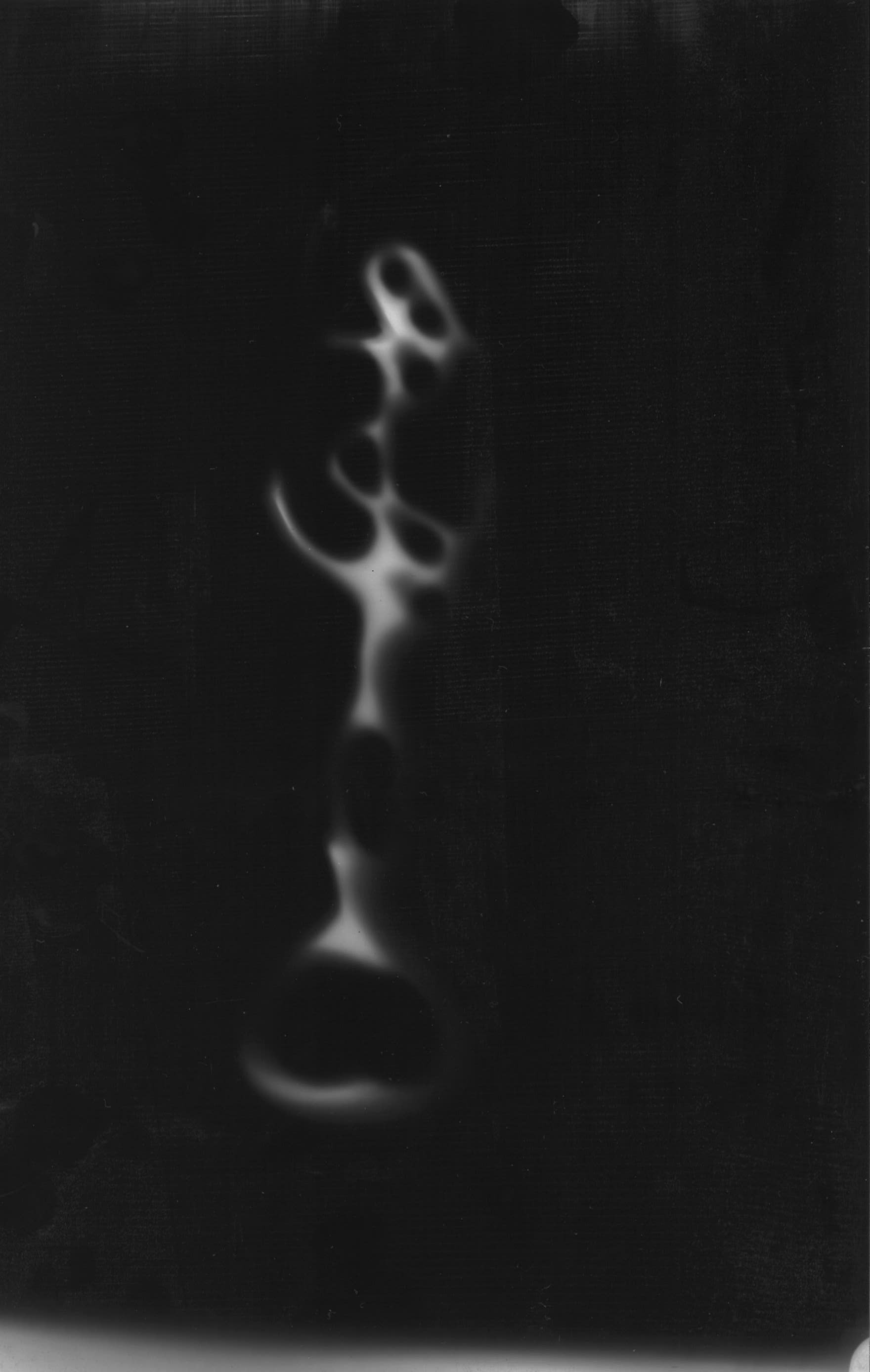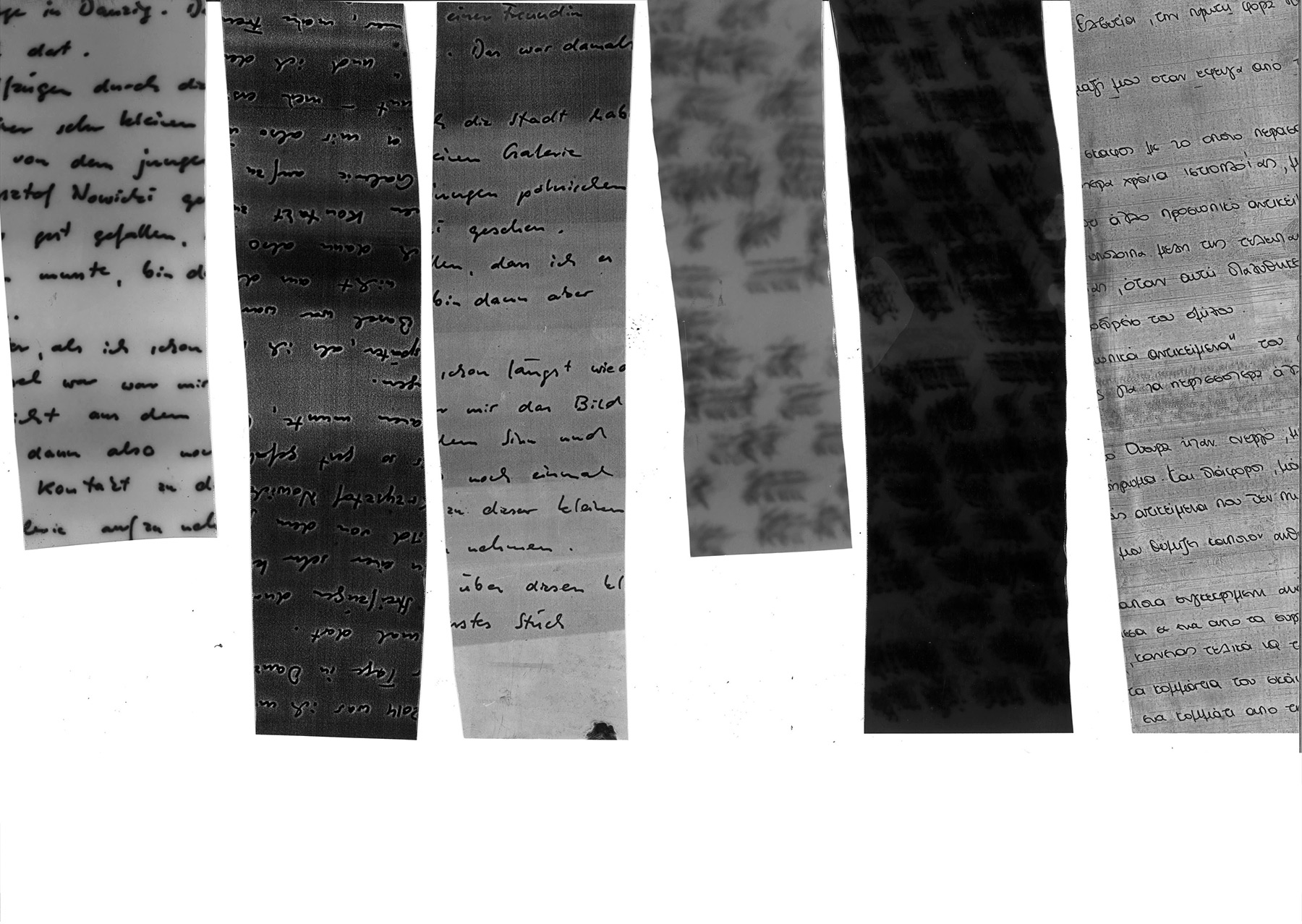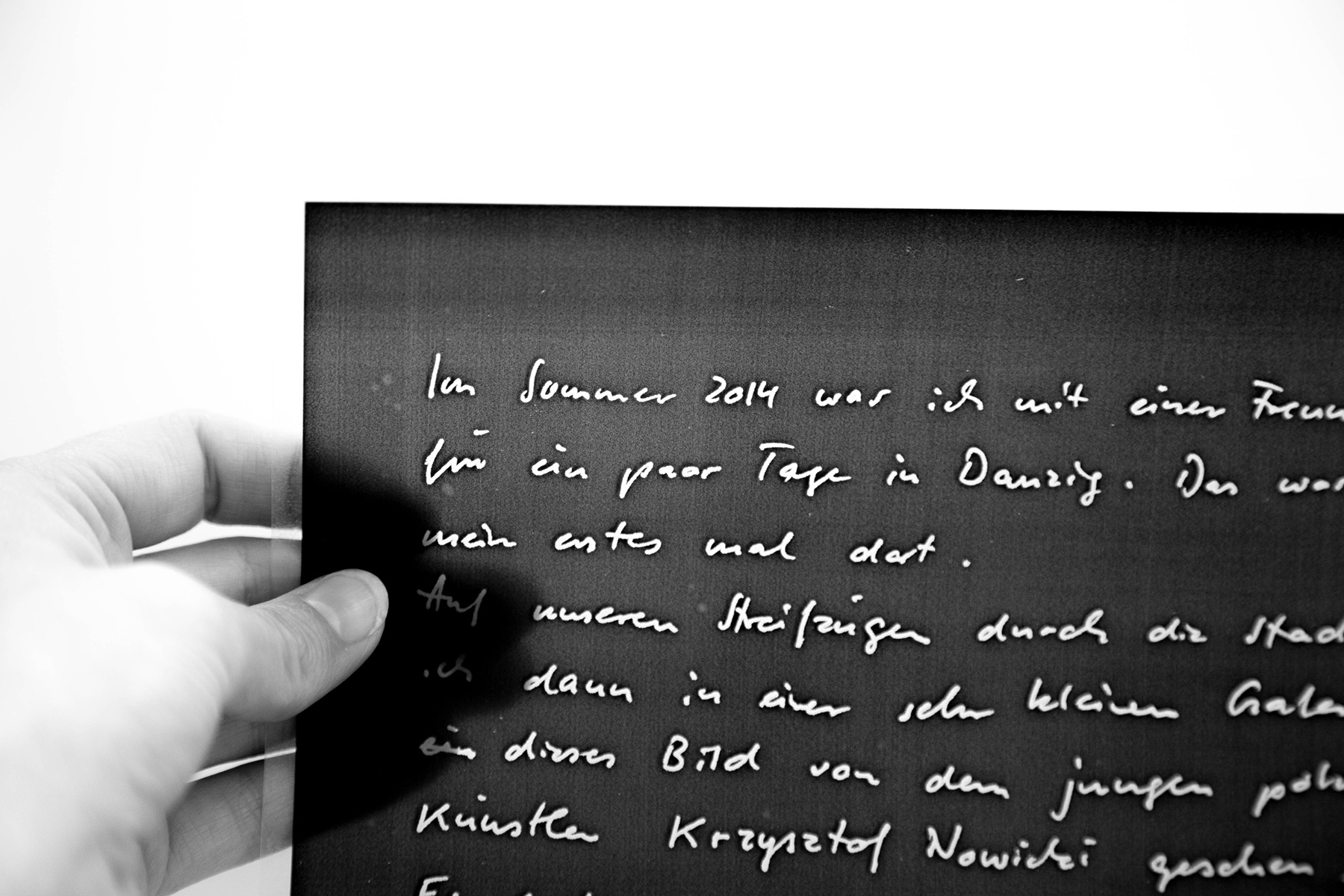Visuelle Kommunikation
Master
Franziska Schwalbe
Beloved Objects
On Investigating the Aura of an Object



This master thesis deals with the pictorial representation of the aura of personal objects. The aura is firmly connected to the here and now; the here and now insofar as the original of a work of art will, for instance, be exhibited in a particular museum at a specific time or insofar as a play will be presented to an audience at a specific time and place. It is a special quality that eludes us and is, ultimately, unattainable. Benjamin Walter addresses three different domains here: that of the work of art itself, which is the major part of his writings, but also that of the natural aura you experience in nature as well as the physical aura of a human being.
Aura is Latin for a breath of air, a breeze, a current, a draught, a susurration. All these characteristics can only be perceived and felt by our senses. For Benjamin Walter, an aura, which “only shone forth when the truth of objects was exposed”, referred to the utopian desires inherent in all objects, even industrial ones. The collective’s desire for a classless society, which has become attached to objects, albeit in a highly distorted form, leaves its imprint upon them. All this is further complicated by the overly determined concept in Benjamin’s work.
“Experience of the aura thus rests on the transposition of a response common in human relationships to the relationship between inanimate object and man. The person we look at, or who feels he is being looked at, looks at us in turn. To perceive the aura of an object we look at means to invest it with the ability to look at us in return.“
Materialities, i.e. objects or things, cannot exist on their own; they belong to something or someone. They are only imbued with meaning through the very process of their production, use, and relevance. However, photographs are not merely insignificant images of objects and, thus, much more subjective, individual, and sovereign. In his book, Kleine Geschichte der Fotografie [A Short History of Photography], Benjamin Walter attempts to describe that photographs, too, feature a highly varied and gossamer fabric going far beyond the actual picture. To him, something that cannot be silenced, something that could be transported from the past to the present, is something that swings through the juxtaposition of the once-upon-a-time and today and, thus, oscillates between near and far. For this back and forth between the still present past and the absent presence is also classified as the quality of an aura. According to Moholy-Nagy, photography is a new tool of perception : a technical medium of realism, visualized in and reflected by pictures, which shape the forms of a presumed truth of the visible. In general, photography is used and regarded as a medium to convey realism. Fundamentally, it provides the possibility to reflect reality by a visual depiction.
The objective is to visualize the aforementioned imagery of a personal, beloved object. This thesis studies an approach, which allows me to develop this “special something” – that can only be perceived with our senses – from the originals.
Franziska Schwalbe
franziska.schwalbe@web.de, www.franziskaschwalbe.ch
Institut Visuelle Kommunikation, FHNW HGK, Freilager-Platz 1, CH-4023 Basel
+41 61 228 41 11, info.vis_com.hgk@fhnw.ch, www.fhnw.ch/hgk/ivk



